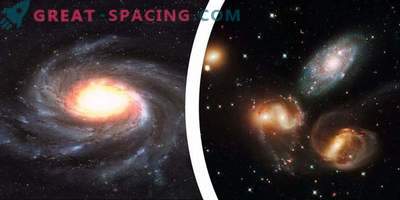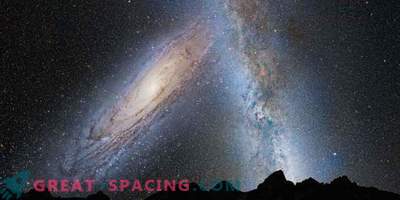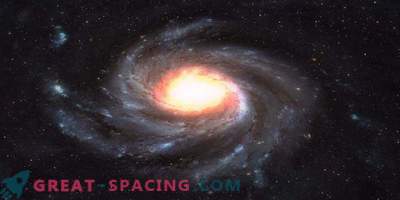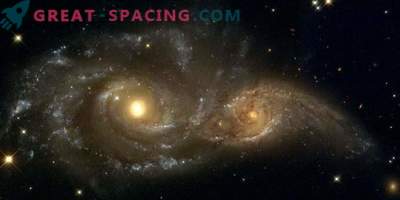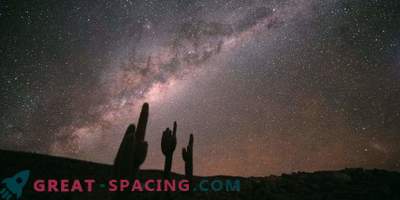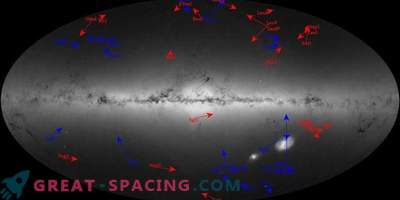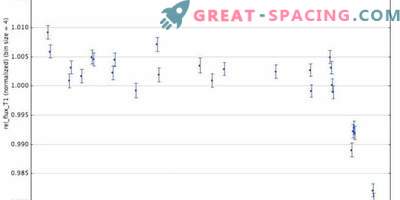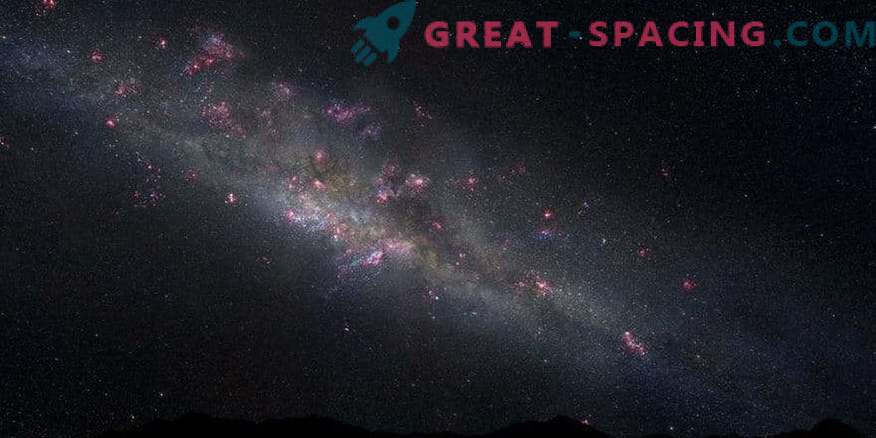
Scientists from the University of Groningen found relics of the events of the merger in the halo of the Milky Way. It seems that 5 small stellar groups reflect confluences with smaller galaxies, and a large “drop” reflects the remainder of a remarkable fusion event. The study is based on the recent release of Gaia data. The astronomical community has received accurate information about the location and movement of millions of stars, mainly in the Milky Way.
Halo
The goal of scientists is to study the development process of the Milky Way. The idea is that smaller galaxies merge to form larger ones. But it is important to understand: do you need a lot of small or a couple of large-scale galaxies? Most of the stars in the galactic halo (spherical stellar cloud around the main galactic disk) are considered remnants of a fusion event. Therefore, this study focused on halo stars in Gaia data.
Information was collected from the stars at a distance of 3000 light years. First I had to filter the stars from the disk of the Milky Way. Thus, approximately 6,000 halo stars remain.
Drop
Catching up on stellar trajectories, the researchers identified stars with a common origin. Thus, it was possible to notice 5 small clusters, acting as possible remnants of 5 merge events. Many of the remaining stars are endowed with a common story. All of them are formed from a giant “spot” with retrograde movement compared to the disk. It turns out that this is the result of a merger with a large galaxy. In fact, this event was to reconstruct the disk in the Milky Way. That is, we can say that our galaxy appeared due to a large-scale collision and several smaller mergers.
Scientists also searched for stars from the Helmi stream, found in 1999. So far, 20 such objects have been identified, but Gaia data added more than 100 new ones. Further analysis will explain the nature of the galaxy that produced this stream.

